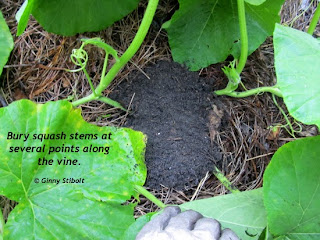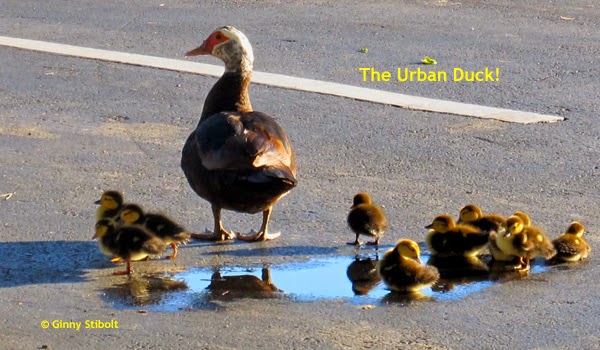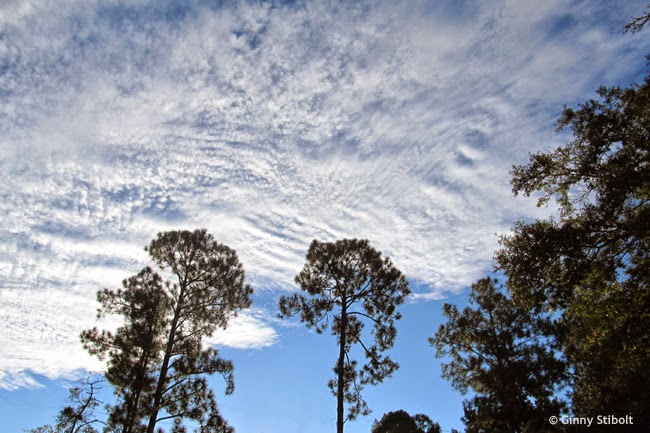Squash borers: Take action before they do damage.
I ended up with some volunteer butternut squash vines from kitchen scraps buried in the garden. Normally, I would not be growing them during mid-summer, but we'll see how they do in our hot summer weather.
One action item is to bury the base of the stems and then again along the vine in several places. Then even if the borer moth finds a place to lay her eggs and her larval offspring hollow out the stem, the whole plant will not have to depend upon that one section of stem for water and nutrients. It will have alternative roots. You really really don't want to use any poisons around squashes because each female flower needs to be visited by 7 or more pollinators to ensure fruit production.
 |  |
| Bury the base of the squash stems with compost and mulch with pine needles to keep squash borer moths away. | Then bury the vine at several additional places along its length. |
 |
| There were some big holes in my okra leaves. |
 |
| A brown stinkbug. |
Okra pest
My husband and I love our fresh okra. Normally, there are a few holes, but the okra plants are so vigorous that we have not had to take any action. This year is different, because something was eating some good-sized holes in the leaves. The okra seems unfazed by the damage, but I decided to look for the culprit.
I turned over a well-chewed leaf and found a brown stinkbug. They fly, but they are not very fast, so they were easy to pick it off, throw to the sidewalk, and then step on them. Pee-yew... they really do stink. I found a few more (just one to a leaf) on this day and then again on the next, and the next. Now, I'm not finding any, but I'll keep looking.
We've had so much rain recently (8" in June) that it's not been necessary to do much extra irrigation, so my work to build swales between the okra was probably not necessary—at least not so far. You can read my article Okra Swales for more information on how and why I use this method.
We've had so much rain recently (8" in June) that it's not been necessary to do much extra irrigation, so my work to build swales between the okra was probably not necessary—at least not so far. You can read my article Okra Swales for more information on how and why I use this method.
Some clearing out of the jungle
It's been several years since the wild area out in the front meadow has seen any attention. Normally that's fine with us, but for the last few days, my husband and I have been doing some moderate clearing. We work only in the early morning from about 6:30am to 9am. It's the catbriar (Smilax spp.) that gives us fits. To reduce future maintenance, it's important to dig up the tubers rather that just cut off the vines because those tubers provide the energy for more and bigger shoots. One of these days I'm going to clean up their tubers and make a batch of sarsaparilla. These tubers do have a slight peppery taste. There are 2 recipes in Peggy Lance's new book: Florida's Edible Wild Plants. We've been eating the soft young tips in salads for years, but the drink would be a new experience.Our Backyard Habitat sign was dislodged from its tree as we pulled the vines from the trunk, so I scrubbed it off and rehung it. It's been nearly ten years since we've been certified. Read my post done at that time: Creating Backyard Habitat.
 |  |
| I was cleaning out some catbriar vines and made sure to dig up the tubers. | I cleaned off my backyard habitat sign and rehung it at the front corner of the lot so my neighbors can see it. |
 |
| Good night moonflower! |
A sunrise on the banks of the St. Johns River
Good Night Moonflower
Good night moonflower.
As the sun is rising,
And others wait to start their day,
You fold up your brilliant white petals,
That glow in the dark,
to attract your night-flying pollinators.
Daytime's here. Your work is done!
 |
| The saltmarsh mallows (Kosteletzkya pentacarpos) glow in the sunrise. |
Green Gardening Matters,
Ginny Stibolt











































